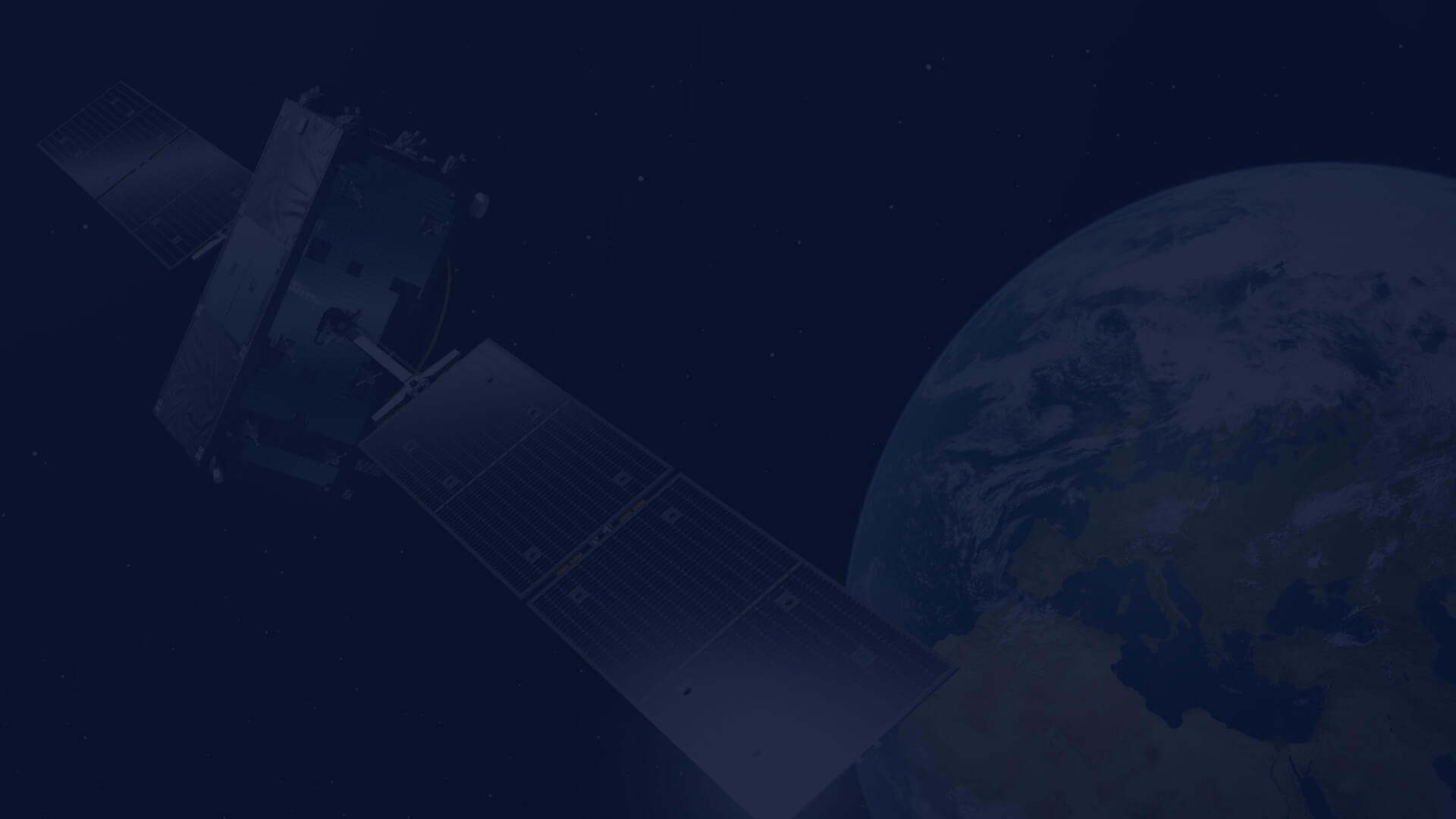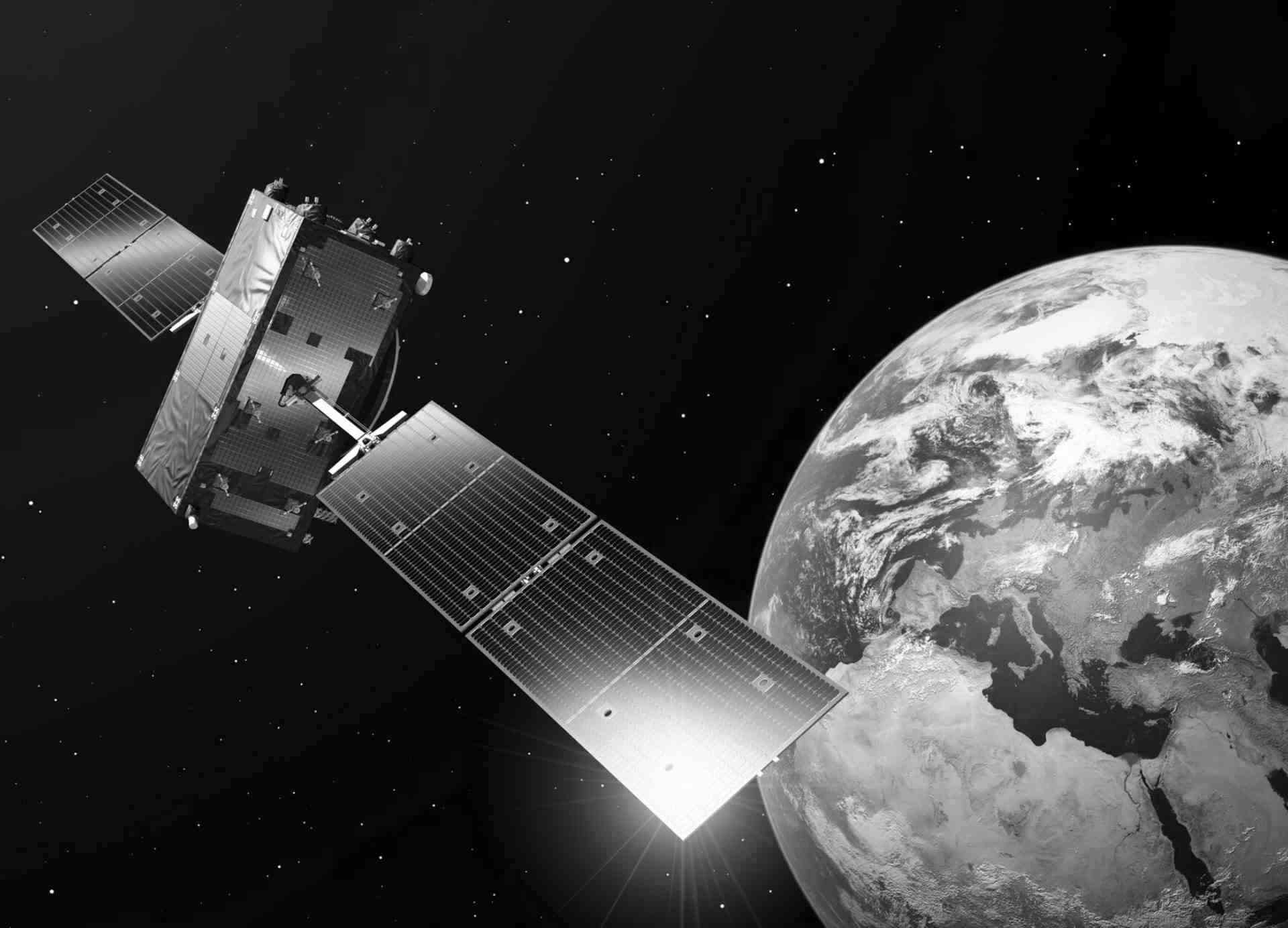Monitoring droughts with Earth observation data
Back to the list According to the European Centre for Medium-Range Weather Forecasts (ECMWF) and the Copernicus Climate Change Service (C3S), July 2023 has set a new record as the warmest month ever recorded globally, with an average temperature of 16.95 degrees Celsius. This temperature surge is attributed to massive heatwaves that affected Europe, Asia, […]
Traceability Service in Copernicus Data Space Ecosystem
Traceability in satellite imagery is a fundamental concept that holds significant value and utility in various applications related to remote sensing and geospatial analysis. It refers to the ability to trace and track the source and processing history of satellite data, enabling users to understand the data's origin, quality, and reliability.
Running Science/EO application stack on Kubernetes in CloudFerro Cloud
Technologies based on containers have revolutionized the way that applications and workflows get deployed. They greatly reduce overheads linked to system configuration and promote use of micro-services for delivering clean, maintainable software.
Processing Sentinel-5P data using HARP and Python
Air quality is a crucial factor that impacts public health. Thanks to the satellite observations provided by TROPOMI onboard Senitnel-5P, hotspots of nitrogen dioxide (NO2) can be detected over the Earth every day. However, Sentinel-5P data needs to be prepared in a proper way to be useful for further analysis.
EO Data Access (R)evolution
Earth Observation (EO) produces a massive amount of data (34 PB available on CREODIAS) that needs to be archived and made accessible to end-users. Operational costs of maintaining Immediately Available Data (IAD) were cumbersome for many data platforms operating at a large scale such as the Copernicus Open Access Hub. Consequently, the rolling data policy has been implemented whereby, after a certain time, the EO products are moved from the costly IAD to the less expensive Long Term Archive (LTA). Within the LTA, data is stored on magnetic tape, which is the cheapest storage solution, but requires additional cartridge handling (either manual or more efficient automatic handling). Either way, restoring data from the tape LTA to IAD requires a lot of time, so a user must wait hours, days, or even weeks to get immediate access to data.
Land cover classification using remote sensing and AI/ML technology
Although the terms “land usage” and “land cover” are frequently used interchangeably, each term has a distinct definition. The term “land cover” describes a material that covers the surface of the ground, such as vegetation, urban infrastructure, water, bare soil, etc. Land cover identification creates the baseline data for tasks like thematic mapping and change detection analyses. The term “land use” describes the function that a piece of land performs, such as agriculture, wildlife habitat, or recreation.
AI-based satellite image enhancer and mosaicking tools
Satellite imagery forms the input for the creation of many information products and services, such as land cover maps or high-resolution layers of land cover characteristics. EOfactory has made it possible to perform mosaicking of multiple images automatically, vastly reducing the manual labor required to ensure the images fit together precisely geometrically. Built-in color balancing tool helps to give seamless stitching even if the sub-datasets are different from dates and different radiometric resolutions.
Species classification of forests
A forest is a dynamic and complex ecosystem. Dynamic – because it changes over time, complex – because we are talking about its vertical and horizontal structure. Proper forest management and protection requires detailed information, preferably information about the species/species groups of the trees. Information about the species, and additionally e.g. age/height of the trees is a set of information that can tell specialists a lot. On this basis, it is possible, for example, to determine the extent of ecosystem services that a particular forest can provide, it can say something about the size of the tree population or allow conclusions to be drawn about the stability of the forest.
AgroTech project as an example of how CREODIAS can be used for food and environmental research
CloudFerro together with the QED Software team is working on a Research & Development project AgroTech to test and review its cloud capabilities for agriculture-related applications. After 1 year of collaboration on the project, we would like to share our main thoughts about implementing solutions for agriculture on CREODIAS.

